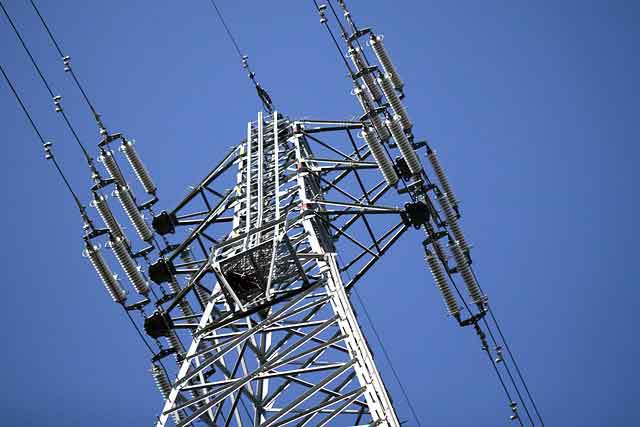Ohio can be leader with 'power play'
By Cincinnati Enquirer
Electrical Testing & Commissioning of Power Systems
Our customized live online or in‑person group training can be delivered to your staff at your location.

- Live Online
- 12 hours Instructor-led
- Group Training Available
We hope the debate will focus on a system that's flexible, fair and forward-looking - one that won't just fall back on the old regulatory formulas.
Ohio's decade-long flirtation with electric deregulation has been a case study in best-laid plans. It was an ambitious, complicated, in some ways ingenious effort to break up the traditional monopolies and foster competition. The goal was clear: Lower electricity bills. Consumers could choose the best price from various providers and join "buying pools" to get group rates.
Advocates believed that deregulation could save Ohio's consumers as much as 30 percent on their electric bills. If that had occurred, Ohio could well have become an economic boom state, with new and expanded businesses creating jobs and wealth.
But because of a mostly unforeseen chain of events - the Enron debacle, the dot-com bust, 9/11, a recession, spikes in fuel prices (natural gas for electric plants has tripled since the late 1990s), hostility toward new power plants, federal roadblocks - real competition almost never materialized. Even where it did, the savings were so minimal that residential consumers didn't bother to shop for power.
In fairness, proponents of deregulation point out that Ohio and many other states capped electricity rates so artificially low during the transition to deregulation that there was little or no incentive for competition to develop. And the Federal Energy Regulatory Commission dropped the ball on letting wholesalers compete.
Now, with the price controls set by the 1999 law scheduled to end in December 2008, many experts fear a large, rapid rise in electricity bills for business, industrial and residential consumers. That's what happened in other states. In Illinois, bills rose as much as 55 percent after rate freezes expired in January. In Maryland, electricity went up 50 percent. Between 2000 and 2006, prices rose an average 21 percent in regulated states but 36 percent in deregulated states when caps expired. Ohio's deregulation plan was better thought-out than in other states such as California, however, so it's not clear we'd have as large a price surge.
The Ohio Coalition for Affordable Power, which includes some of the same businesses that supported deregulation in the 1990s, is advocating a plan that would essentially re-regulate electric power, with some modifications. It wants: a stronger, more interventionist Public Utilities Commission of Ohio; stable, "cost-based" pricing of electricity for consumers; more coordination of generating plans; and incentives for utilities to build new plants.
This decade's economic climate has been hostile to deregulation, but that doesn't mean a competitive marketplace in energy can't work. Policymakers should keep in mind that the old model of regulated, monolithic monopolies may not be valid in the future, with a diverse palette of emerging sources and technologies.
Competition in the market already has spurred innovation and efficiency. Strickland's aim to "harness the power of market incentives" shows he understands that idea. He describes his plan as "middle ground" regulation that would allow market-based pricing, while encouraging openness and accountability. It has the laudable goal of making sure at least 25 percent of Ohio's electricity comes from advanced technologies by the year 2025.
That's a smart outlook. Ohio's energy policy should remain flexible, keeping prices affordable, stable but not rigid. It should be fair to residential consumers as well as big industrial users. It should encourage innovation and entrepreneurship in energy technology. It should provide a safety net for low-income consumers.
And it must encourage conservation. As Duke Energy CEO Jim Rogers argues, energy efficiency should be considered the "fifth fuel" (after coal, gas, nuclear and renewables). It has to be treated as a resource.
Whatever the state does or fails to do this coming year, consumers should understand that the trend is toward rising energy prices. The question is how much - and what we get in future energy security for that extra price.
Ohio indeed is "entering a new day," as Strickland said, and has the opportunity to become a leader in smart energy policy. Ohio's leaders should make the most of that opportunity.











